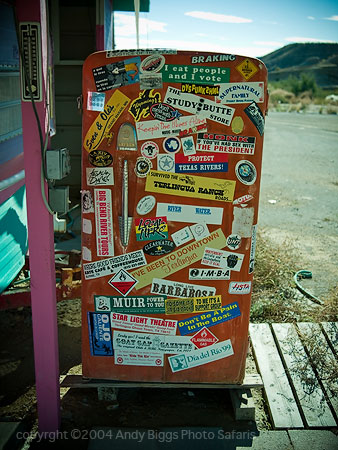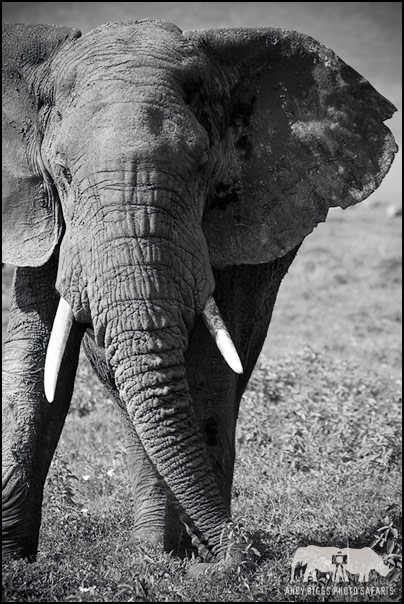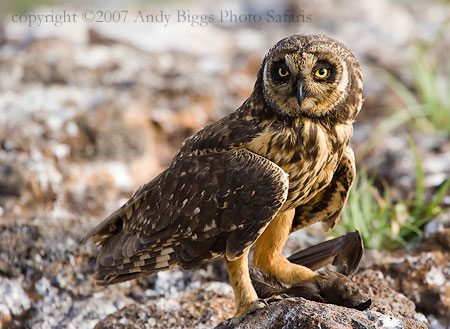Photo of the Day
 Sunday, September 2, 2007 at 06:29AM
Sunday, September 2, 2007 at 06:29AM 
Sunset from Mount Kilimanjaro, Tanzania, June 2002
I am an avid adventurer, conservationist, teacher, and outdoor photographer whose photography celebrates the African landscape and its rich wildlife, people, and culture. My photographic safaris allow my travelers to not only enhance their understanding of photography, lighting, and wildlife, but to develop a life-long admiration for Africa ‘s beauty and culture.
Banana Republic recently used my photographs as the cornerstone of their Urban Safari campaign, and my images were seen in all 750 stores around the globe, as well as in their billboards, catalogs and annual report. I was also the winner of the BBC Wildlife Photographer of the Year in the ‘Wild Places’ category in 2008 and a highly commended in the ‘Creative Visions of Nature’ category in 2007.
I launched Gura Gear in 2008, in an attempt to deliver lightweight camera bags to the market. I was looking for a lightweight camera bag to hold all of my photographic gear, and there was nothing desirable on the market that suited my needs. After spending 2 years with many prototypes, the Gura Gear Kiboko bag was born. More products are now available on the Gura Gear web site.
 Sunday, September 2, 2007 at 06:29AM
Sunday, September 2, 2007 at 06:29AM 
Sunset from Mount Kilimanjaro, Tanzania, June 2002
 Wednesday, August 15, 2007 at 04:32PM
Wednesday, August 15, 2007 at 04:32PM

 Friday, August 3, 2007 at 06:59AM
Friday, August 3, 2007 at 06:59AM  Wednesday, July 18, 2007 at 03:52AM
Wednesday, July 18, 2007 at 03:52AM One from the archives....

Refrigerator at The Hungry Javelina, Terlingua, Texas. November 2004.
Mamiya 645AF, Phase One P25 digital back.
 Friday, June 1, 2007 at 01:45PM
Friday, June 1, 2007 at 01:45PM 
Canon 1DMkII, 100-400mm, 1/200 @ f/8.0, ISO 160
Ngorongoro Crater, Tanzania
 Saturday, May 19, 2007 at 08:10AM
Saturday, May 19, 2007 at 08:10AM We were lucky enough to witness a short-eared owl while on the island of Genovesa, Galapagos islands, and had an opportunity to be within short range of this amazing creature. This was the only image I was able to capture before flying away, but take notice of the storm petrel in his grasp. The storm petrel is the most common food source for the short-eared owl in the Galapagos.

Short-eared owl, Genovesa island, Galapagos, May 2007
Canon 1DsMkII, 100-400mm, 1/500sec @ f/7.1, ISO 320
 Thursday, April 26, 2007 at 04:07AM
Thursday, April 26, 2007 at 04:07AM 
